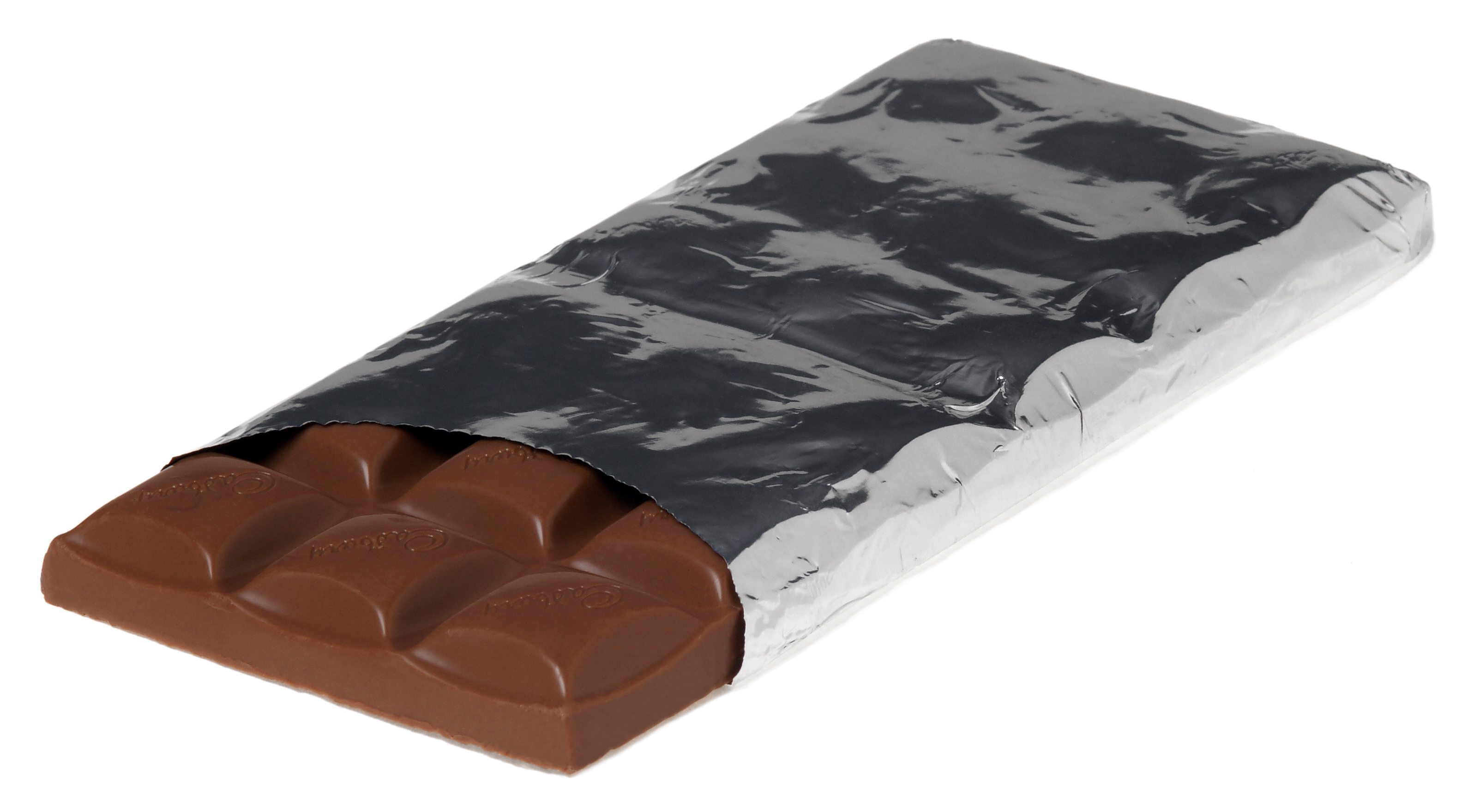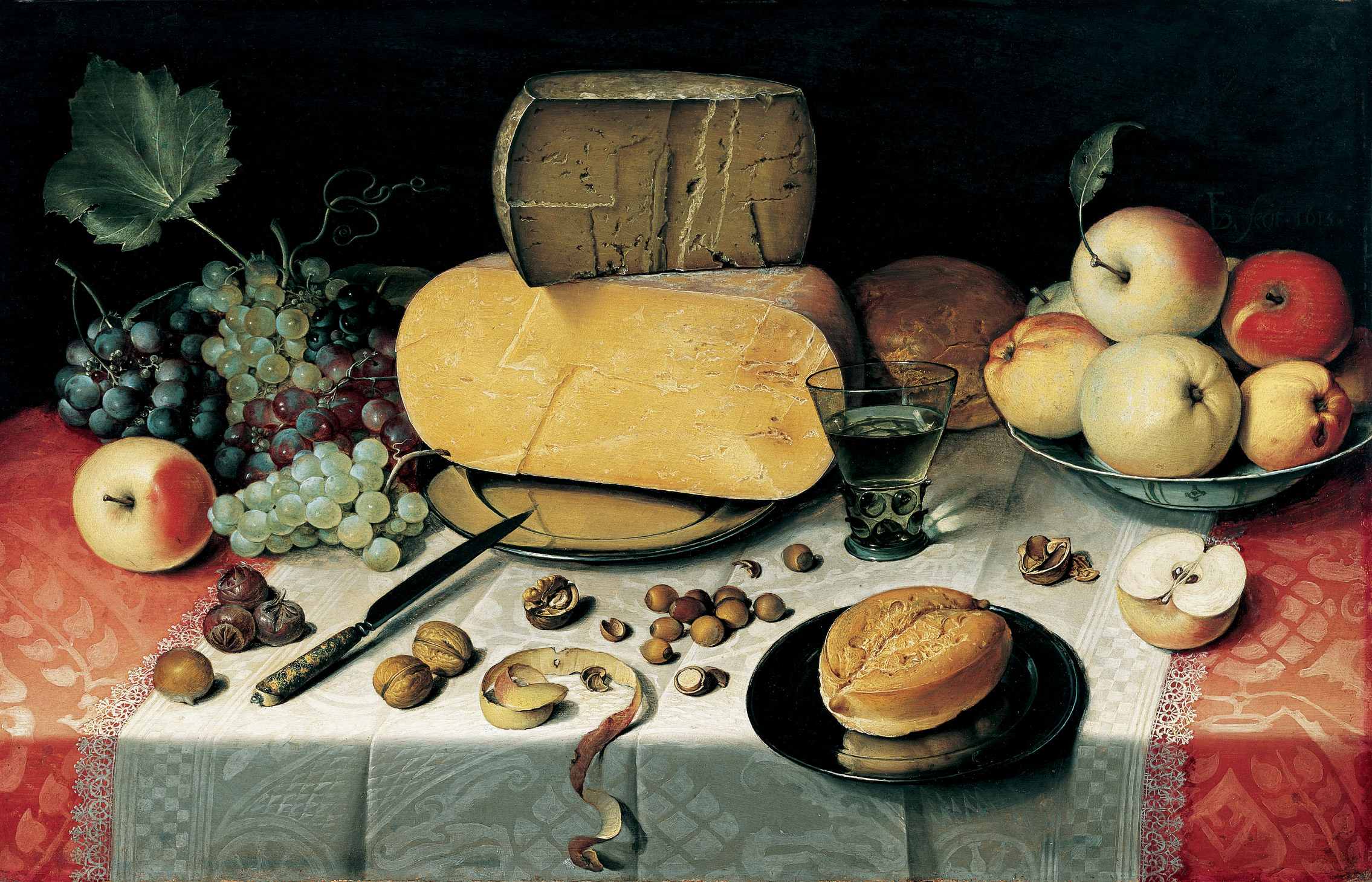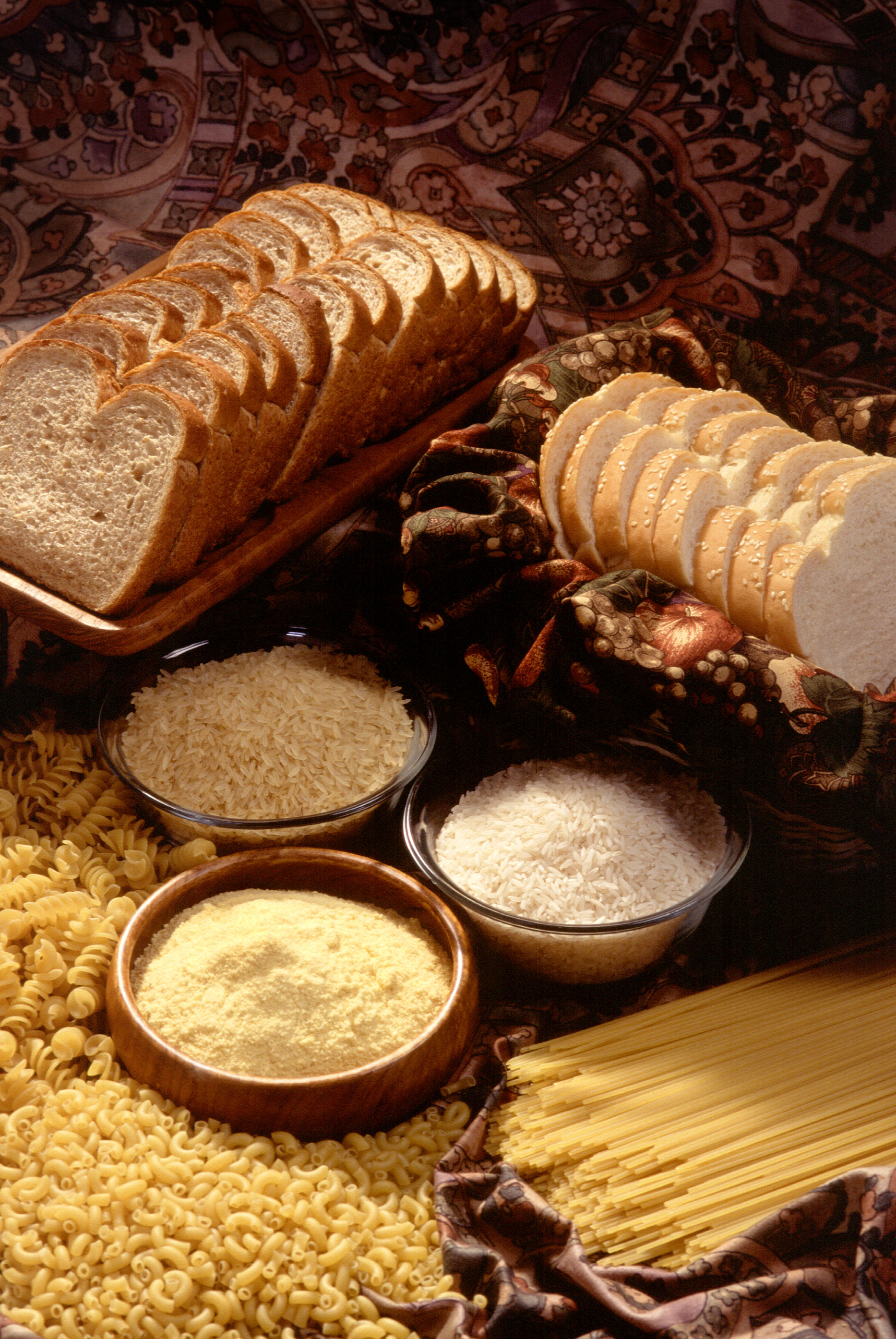The original question: How are the essential nutrients transported in the blood? Do they just wander around freely? Do vitamins in the blood have any material carrying them? When might an excess of a substance cause toxicity or disease?
Thank you, Shachar, for your question.
Our food provides with what our body needs to maintain proper function.
Essential nutrients are compounds the body can’t make on its own, or in sufficient quantity. Why? Because we do not have the enzymes needed for their synthesis. Those enzymes are available to us only from other organisms (plants or animals), which we consume as food. One such nutrient is vitamin C: It plays important roles in our body’s function, but its supply depends on external sources (food), such as red peppers and citrus fruits, in which it is synthesized (produced) naturally.
Our blood performs a range of important functions, including regulating body temperature, supplying oxygen to the cells, waste removal, and transporting hormones as well as nutrients from the digestive system to the cells. Blood is composed of different types of cells—red and white blood cells and platelets—and a liquid component, called plasma, which circulates dissolved nutrients. The manner in which nutrients are transported by the blood depends on their solubility in the plasma. Water-soluble substances are referred to as “hydrophilic” and fat-soluble substances as “hydrophobic”.

Milk chocolate. Contrary to what we may wish, chocolate is not an essential nutrient | Picture; Wikipedia
Essential nutrients can be divided into five categories: Carbohydrates (sugars), proteins, fats, vitamins, and minerals. Each enables the body to perform unique and important functions, and provides energy measured in calories.
Fatty Acids
With their high caloric values, oils and fats are crucial energy sources in the body. They also play a major role in creating energy reservoirs for cells and are vital for the formation of the cellular membrane, for hormone production, for maintaining normal body temperature, and more. Some fats are synthesized by the body, while others must come from food. For instance, about 70% of the cholesterol in the body is manufactured by the liver, while the remaining 30% comes from the diet.
Unsaturated fatty acids, such as omega 3, 6, and 9, are another example of fats transported in the body. Of these three, the human body can only produce omega-9 fatty acids. Omega 3 is found in fish, particularly deep-water fish (due to their adaptation to life at low temperatures) and in some nuts (such as walnuts). A major source of omega 6 fatty acids are vegetable oils, including corn oil, tahini (made from sesame seeds), etc.
But fats are insoluble in water, so rather than being directly transported in the bloodstream to the cells, they are incorporated into large complexes called lipoproteins, whose inner core consists of fats surrounded by an outer shell of water-soluble proteins, which can interact with the blood. Another mode of transports is by binding the fatty acids to the water-soluble protein albumin, which can shuttle them through the bloodstream.
Vitamins
There are two main types of vitamins—water-soluble and fat-soluble. The former need no intermediaries to dissolve in blood plasma, and include the vitamin B group, as well as vitamin C, mentioned earlier. Fat-soluble vitamins, on the other hand, are transported like other fats, i.e., incorporated into fat micelles. These include vitamins A (found in carrots, squash, spinach, soy milk, liver, etc.), D (synthesized in the body to a limited extent and naturally present in foods such as fish, mushrooms, eggs, and liver), E (found in nuts and seeds, vegetable oils, eggs, etc.), and K (found in egg yolks, spinach, and others).
Because fat-soluble vitamin absorption is influenced primarily by fat consumption, the quality and quantity of fats in the diet are paramount for our health.

A 17th-century Dutch breakfast | Floris van Dyck (1575–1651), Still-Life with Fruit, Nuts and Cheese, 1610. Source: Wikipedia
Minerals
Minerals, chemical elements present in the cells in tiny amounts, are imperative for numerous functions. Calcium, for example, helps build bones and regulate muscle activity, and phosphorus is needed for the production of ATP, a molecule that provides energy to the cells. Other elements, such as zinc and iodine, are required in even smaller amounts (less than 50 milligrams for each 1 kg of body mass), but deficiencies in them can lead to disease. Minerals are water-soluble and move freely in the bloodstream. Mineral levels in blood test results often refer directly to their concentrations in the plasma.
Carbohydrates
Carbohydrates (or polysaccharides) are complex molecules consisting of monosaccharide building blocks. Starch, found in plants, is a typical carbohydrate. The body can use other nutrients, such as proteins and fats, to synthesize essential carbohydrates, but these biochemical processes are sometimes accompanied by undesired side effects. It is therefore important to include carbohydrates in the diet.
Carbohydrates must be broken down into the basic monosaccharide units of glucose, which provide the cell with available energy and can also be used to synthesize ATP through the cellular respiration process. Glucose is soluble in the blood and is easily transported. Entry into the cell requires a carrier molecule to move the glucose through the cell’s fatty membrane.

Carbohydrates | Photograph: Wikipedia
Proteins
The proteins we consume are broken down into amino acids, which are soluble in blood plasma.
Excess and Deficiency
As we have seen, our body needs a wide range of substances in the right amounts. The element iron, for example, is required in minute amounts (even compared with other substances), but every molecule counts. A lack of iron causes anemia—low hemoglobin levels in the blood, which impairs the blood’s ability to carry oxygen to the cells, but excess is similarly unhealthy: Iron build-up in various tissues can lead to diseases such as liver cirrhosis.
Nutrient uptake by the bloodstream depends on the quantities consumed in food, but it also depends on the blood’s ability to absorb those compounds. Genetic problems with the absorption of specific substances can cause their deficiencies, even when they are present in the diet in sufficient quantities. Poisoning caused by an excess of a substance depends not only on the body’s ability to absorb it, but also on the body’s ability to expel that excess. Each substance has its own unique properties; therefore, the answer to your question changes from substance to substance.
Bon appetite and good health!
Boomerang—Back to You
In humans, oxygen is transported by the blood protein hemoglobin, which contains iron atoms. The iron binds oxygen, and the interaction between these two results in the distinctive red color of the blood. In members of the Mollusca phylum, such as octopuses, the protein transporting oxygen is called hemocyanin, which contains copper atoms. Can you guess how the presence of copper in those creatures’ veins affects the color of their blood?
